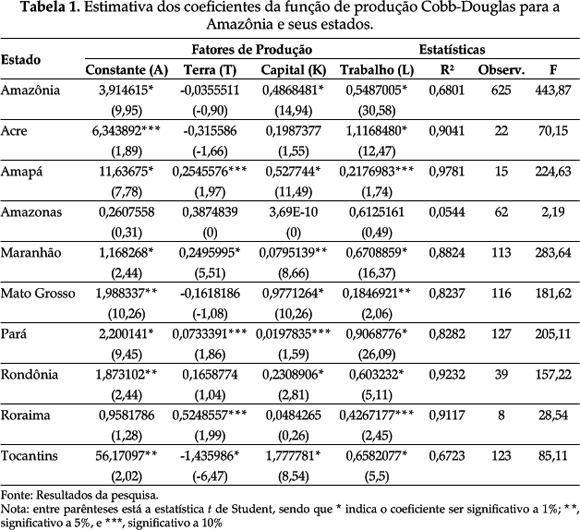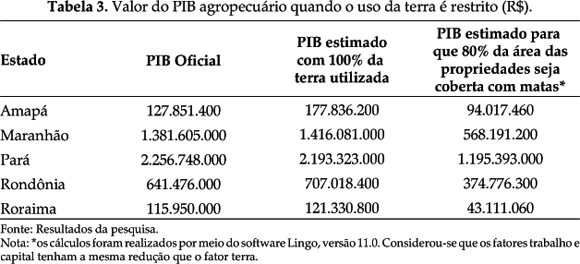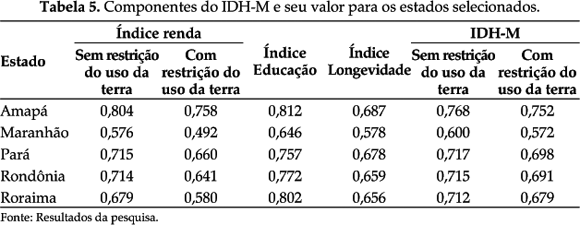This paper analyses the empirical relationship between Amazonian rainforest deforestation and local population welfare, measuring the impact on welfare if the deforestation area has to be reduced. The Municipal Human Development Index (MHDI) was used to measure welfare. Using 1995 Agriculture Census dataset, a Cobb-Douglas production function was estimated considering three production inputs: capital, land and labor. Applying a nonlinear programming method (Kuhn-Tucker conditions) on the results generated by the production function, the impacts of land constraints on agriculture and agribusiness incomes could be calculated, generating a new value of income for each Amazonian state. Combining new values of income with education and health indexes, a new MHDI was estimated for some Amazonian states. Results point out MHDI would have small reductions, despite significant reductions in some states income, if some restrains would be established on arable land use.
Amazonian region; Deforestation; Welfare; Nonlinear programming

 Análise da relação entre desmatamento e bem-estar da população da Amazônia Legal
Análise da relação entre desmatamento e bem-estar da população da Amazônia Legal























